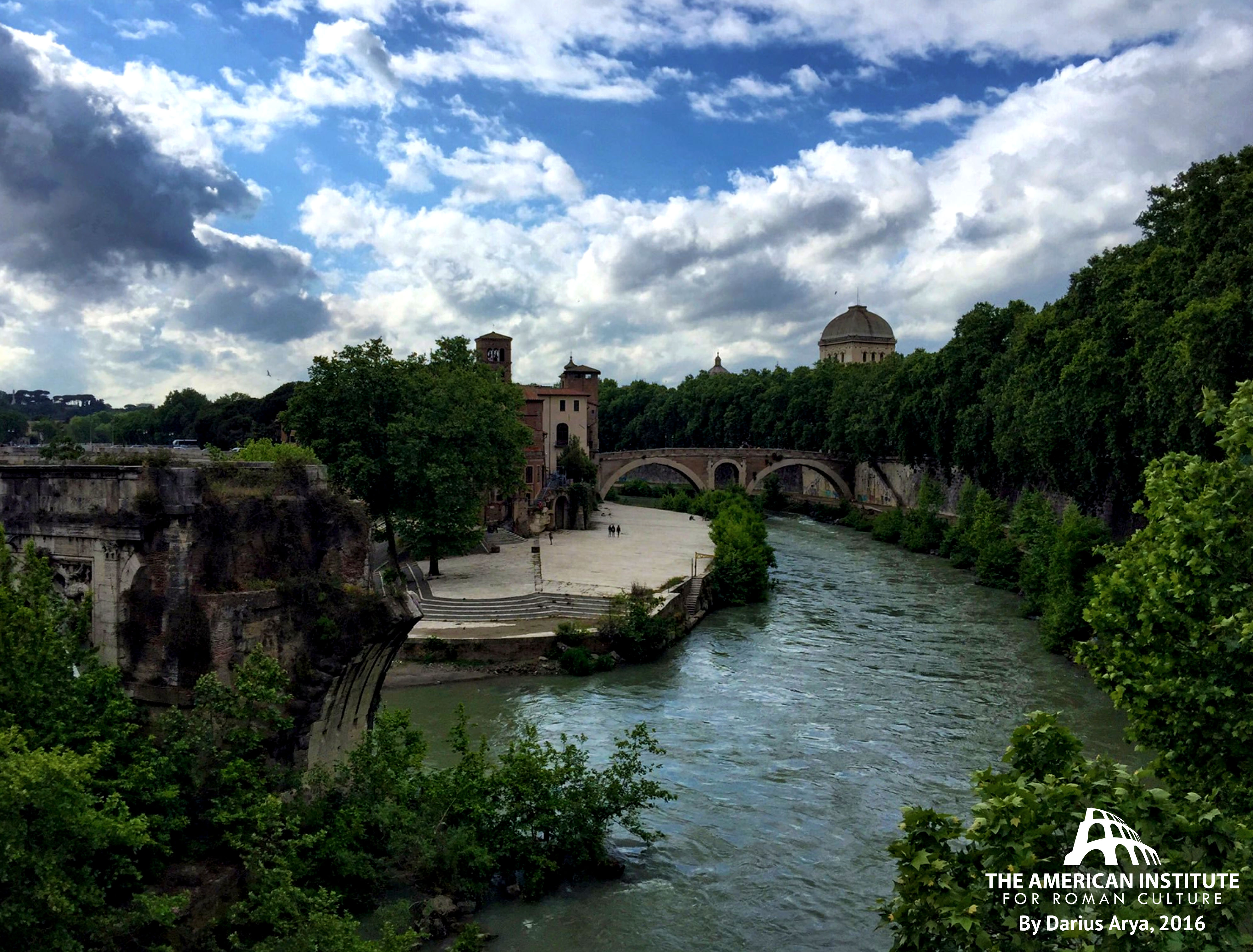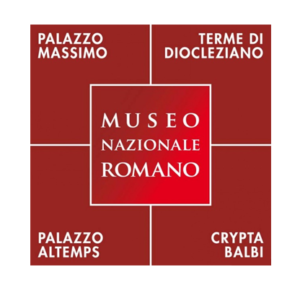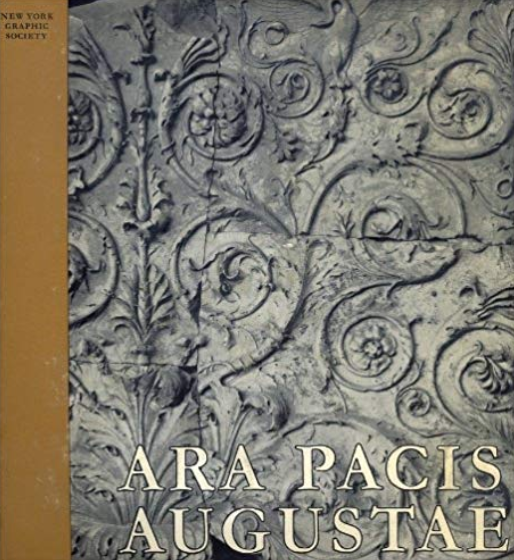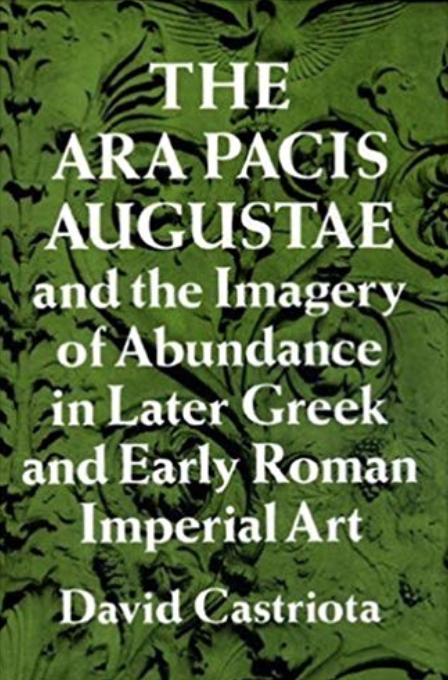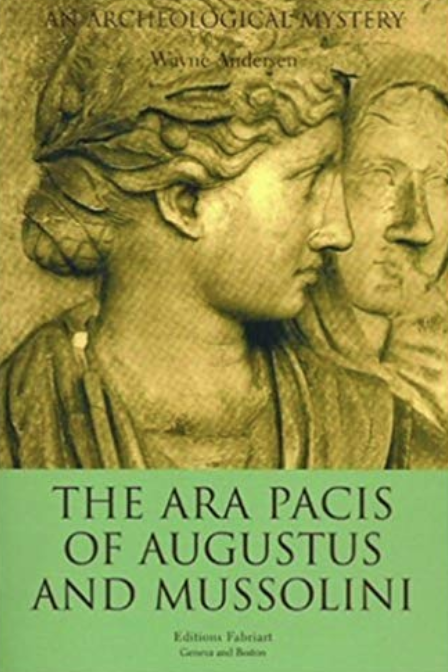Start with our video overview:
As the only island in the Tiber river flowing through Rome, Tiber Island has been the subject of interest throughout history. The ancient Romans considered it a man-made structure, the result of Tarquin kings dumping grain in the river; however, it is actually a natural geological formation. The island is formed not from rock, but rather a ridge of alluvial sand that has been shaped by the river over time. It measures 280 meters by 70 meters, and constitutes a small area in the center of the city on which spaces of cultural and spiritual significance have been built over the centuries, owing at least in part to its reputation as a place both within and separate from the city.
The island has maintained a status distant from that of the city of Rome throughout its history, considered alternatively as a place of trepidation or healing. A practical use for the isolated area has been that of a quarantine clinic, and a hospital still stands on the island today. The medical associations of Tiber Island predate the current hospital, which was built in 1548: one of the most significant of the many Roman temples built here was that of Asclepius, the Greek god of healing. The cult of Asclepius arrived in Rome in 291 BCE following a plague outbreak in the city: snakes, the symbol of the god, were transported from his main sanctuary at Epidaurus to Rome by boat. Legend has it that one of the snakes slithered off the boat and onto Tiber Island, interpreted as a sign to build the temple there. This Roman temple has yet to be excavated, but is likely beneath the current Church of Saint Bartholomew, built in 998 CE when the Christian population of the city continued the ancient tradition of healing on Tiber Island.
Despite later use as an isolation hospital, the earliest inhabitants of Rome considered Tiber Island the easiest opportunity for crossing the river and thus made use of it for this purpose, first by boat, and then with wooden and later stone bridges from each bank to the island. This function of the island is reflected in its Latin name, ‘inter duos pontes’, simply ‘between two bridges’. The same two bridges which connected the left and right banks of the Tiber via this island are preserved today: the current stone bridge from the left bank (the Campus Martius side) dates from 62 BCE and is the Pons Fabricius, the oldest extant bridge in Rome.
Bibliography
- Claridge, “Rome: An Oxford Archaeological Guide,” (Oxford 2010).
- Richiello, “S. Bartolomeo all’Isola: storia e restauro,” (Rome 2001).
- Platner, “A Topographical Dictionary of Ancient Rome,” (London 1929), 281-2.
The island in the Tiber, included in the fourteenth region of Augustus, and now called isola di S. Bartolomeo (111. 32; cf. also 111. 37). It seems to be the end of the ridge of which the Capitoline hill is a part, and owing perhaps to the harder character of its tufa, the river did not cut it away entirely but divided and flowed on either side.
Read more:
It was often called simply insula, but was also spoken of by different names-insula Tiberina (Vitr. iii. 2. 3; Acro Schol. in Hor. Sat. ii. 3. 36), inter duos pontes (Plut. Popl. 8; lustin. Martyr. apol. i. 26; Aeth. 83, Riese; Chron. 145; inscr. BCr 1905, 231; FUR 42), insula Aesculapii (Suet. Claud. 25; Dionys. v. 13), insula serpentis Epidaurii (Sidon. Apoll. Ep. i. 7. 12); and in the Middle Ages, insula Lycaonia (HJ 632, note 21; and esp. Besnier, 76-87). It was also called simply insula (CIL vi. 9824, 33864; Fest. 110).
The present length of the island is 269 metres, and its greatest width 67 metres. Tradition held that its nucleus was formed by the grain from the fields of the Tarquins, which was thrown into the Tiber in great quantities after the expulsion of the kings (Liv. ii. 5; Dionys. v. 13; see GAIA). In 292 B.C. the serpent of Aesculapius, which, with the statue of that god, was being brought to Rome, left the ship and swam ashore on the island. A temple was erected to the god and the island was consecrated as its temenos, although shrines to other divinities (e.g. IUPITER, FAUNUS, TIBERINUS, SEMO SANCUS, q.v.) were afterwards built on it.1 In consequence of this legend of the serpent the island itself was made to resemble a ship. A stone platform was built round it, and upon this a wall was erected which in shape reproduced exactly the sides of a Roman ship (Ann. d. Inst. 1867, 389 ff.; Durm, Baukunst, fig. 537). A considerable part of the travertine stern can still be seen at the east end of the island (LR 19). An obelisk, fragments of which are in the museum at Naples, is thought to have represented the mast. We are not informed as to the time when this was done, but the remains of the walls point to the same period as that of the construction of the pons Fabricius (62 B.C.) and pons Cestius (70-42 B.C.), and it is possible that the erection of these two bridges was part of the same plan as the building of the ship. Before the building of these stone bridges, the island was doubtless connected with the left bank by a wooden structure at least as early as the time when the cult of Aesculapius was established (cf. Liv. xxxv. 21. 5, where the flood of 193 B.C. is said to have destroyed ‘ duos pontes’).
For a complete discussion of the history, topography, and antiquities of the island, see Besnier, L’lle Tiberine dans l’Antiquit, Paris 1902 (Bibl. Ec. Franc. fasc. 87); see also HJ 630-638; Jord. i. I. 402; DuP 59-69; and for the discovery of remains, also LS iii. 246; iv. 79, 164. For a restoration, D’Esp. Mon. ii. 144-148; Fr. ii. 97, 98; and for a medallion of Antoninus Pius (Cohen, Antonin, 17-19) which perhaps represents it, see JRS 1911, 187-195; but cf. NAVALIA.
This content is brought to you by The American Institute for Roman Culture, a 501(C)3 US Non-Profit Organization.
Please support our mission to aid learning and understanding of ancient Rome through free-to-access content by donating today.
Cite This Page
Cite this page as: Darius Arya, The American Institute for Roman Culture, “Ara Pacis Augustae” Ancient Rome Live. Last modified 07/10/2020. https://ancientromelive.org/tiber-island/
License
Created by The American Institute of Roman Culture, published on 11/11/2019 under the following license: Creative Commons: Attribution-NonCommercial-ShareAlike. This license lets others remix, tweak, and build upon this content non-commercially, as long as they credit the author and license their new creations under the identical terms. Please note that content linked from this page may have different licensing terms.
This content is brought to you by The American Institute for Roman Culture, a 501(C)3 US Non-Profit Organization.
Please support our mission to aid learning and understanding of ancient Rome through free-to-access content by donating today.
Ara Pacis Augustae Hardcover – 1968
The Ara Pacis Augustae and the Imagery of Abundance in Later Greek and Early Roman Imperial Art Hardcover – May 26, 1995
The Ara Pacis of Augustus and Mussolini Paperback – April 1, 2003
Cite This Page
Cite this page as: Darius Arya, The American Institute for Roman Culture, “Ara Pacis Augustae” Ancient Rome Live. Last modified 10/24/2019. https://ancientromelive.org/ara-pacis-augustae/
License
Created by The American Institute of Roman Culture, published on 10/24/2019 under the following license: Creative Commons: Attribution-NonCommercial-ShareAlike. This license lets others remix, tweak, and build upon this content non-commercially, as long as they credit the author and license their new creations under the identical terms. Please note that content linked from this page may have different licensing terms.

